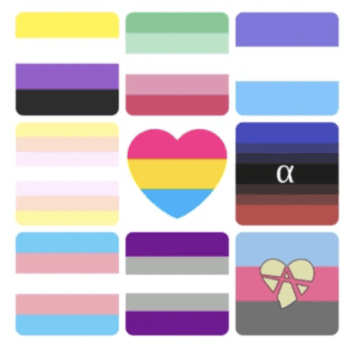Matthew in the Lectionary
A little bit of geek with your gospel this week. Please bear with me.
We follow the Revised Common Lectionary in our congregation and denomination. This is a three-year schedule of readings for Sunday worship. Over the course of three years, the congregation hears a lot (but not all) of the Bible, with a special focus on the gospels.
Year A is Matthew, year B is Mark, year C is Luke. John is mixed in over all three years. Often the lessons are connected to the season. Christmas lessons for Christmas. Easter lessons for Easter. Then, from early summer until the beginning of the new church year (Advent), the lessons are typically straight through the middle section of the gospel for the year. In other words, if you worship through the summer and fall in our congregation, you will make your way slowly from about Matthew 5 (the Sermon on the Mount) all the way to Matthew 22.
[Confession: I do sometimes use this long period for sermon series on other biblical texts, most recently a sermon series on Genesis]This slow engagement with one gospel. If you commit to it, it does something. You become familiar with the particular way the gospel-writer offers the story of Jesus.
There is real pleasure in it. As one of my favorite commentators on the gospels says, “There is sheer delight in rummaging around in the thoughts and words of God… it is exhilarating to be called to ‘echo’ God’s words out into the larger world” (Frederick Dale Bruner).
So what do we know about Matthew?
When you attend closely to one gospel, you start to notice its unique characteristics.
With Matthew, you might notice, for example, that it is written more directly for a Jewish audience than some of the other gospels. It gets a birth narrative, like the narrative of Moses, perhaps posing Jesus as the new Moses.
You might notice it uses “kingdom of heaven” instead of “kingdom of God,” likely out of respect for the Jewish tradition of not using the name of God.
You might notice that Matthew is especially interested in telling the story of Jesus as fulfillment of the prophets, with as many as 130 Old Testament quotes and allusions in it. I
It’s the only gospel that has the wise men. And the flight to Egypt and refugees.
And it has those most famous of social justice book ends, the Sermon on the Mount at chapter five, the parable to serve the least of these in Matthew 25, inspiring all those ever since who see in Jesus the proclaimer of the social gospel and liberation theology.
Along these lines, in terms of the social nature of the gospel, Matthew is the only gospel where Jesus speaks explicitly about “the church” (Matthew 16:18 and 18:17).
Why are there four gospels?
Think of it this way. All your friends have met someone. Each of them comes to you separately and tells you about this amazing person they’ve met. Undoubtedly, their descriptions will differ, because each of them has a unique way of perceiving the world. And yet, if they all met the same person, that person will emerge in their multiple tellings, and in fact your perception of that person will be all the richer because all your friends described them.
This is what it is like to read the gospels. Each year, we sit and hear one of our friends tell us the story of Jesus. Then the next year we hear another perspective. Over time, we gain a deeper and fuller understanding of the one we follow.
Returning to Matthew
So this Advent we return to Matthew. It. can be incredibly helpful as we begin a new church year to review an overview of the book as a whole. I highly recommend The Bible Project for such a big picture visual overview of the gospel.
These are really great. I can’t over-state how much you’ll benefit by taking fifteen minutes of your day to watch them.
Keep this overview in mind throughout 2020. During Advent, we’ll especially focus on the passages that narrate Christ’s second coming and his first, Matthew 24 this first week of Advent, the proclamation of John the Baptist announcing the Messiah in Matthew 3 and 11, then the birth narrative itself the fourth Sunday of Advent and Christmas Eve.
Watch for these themes, and many more, as we make our through the gospel this year. If you have the time, read the whole book, or listen to it read out loud. I especially recommend the Audible version of David Bentley Hart’s recent translation, The New Testament.
It’s invariably the case that worship and the sermon will be more interesting, more fruitful, more rich, if you are already familiar with the text and context before you arrive. It’s like going to a party. It’s a bit more fun if you already know some of the guests.
So take and read, or click and watch, and then find yourself in worship somewhere this weekend as we begin our season with Matthew.












